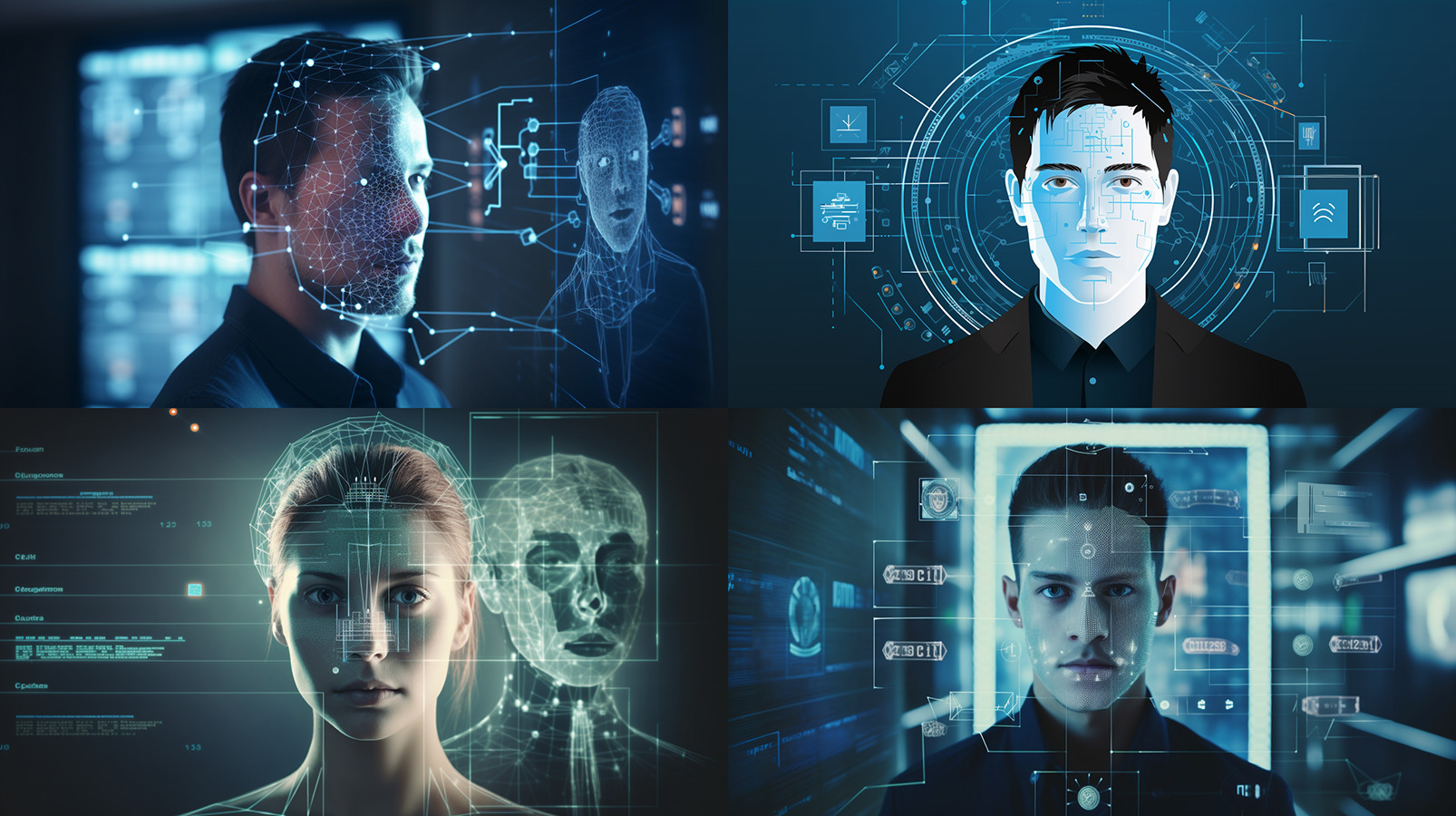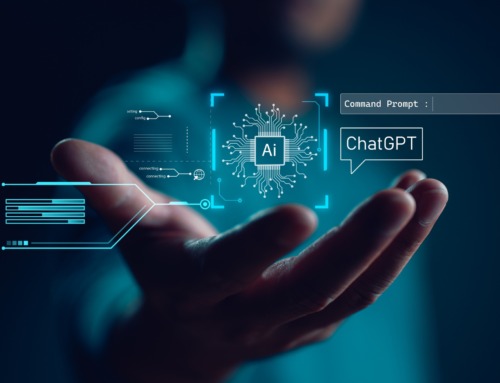Focus AI: How artificial intelligence recognizes diseases by reading our faces
For doctors and patients, AI systems can support health and faster detection of diseases. Much is still at the research stage. But from classifying symptoms through apps to early detection of Parkinson’s and diagnosing respiratory distress syndrome through cough recordings, there are broad potential applications. Technology by AT&S powers the data centers that are required to train and run AI systems and helps to reduce their energy consumption.
Helmut Spudich
A few weeks ago, among the countless reports about artificial intelligence (AI) in general and ChatGPT in particular, there was also this one: “ChatGPT passed the exam to become a radiology specialist”. Researchers at Toronto General Hospital subjected the AI system to a 150-question multiple-choice test used by the Canadian Royal College and the American Board of Radiologists.
The study analyzed the results for strengths, mostly related to general medical questions, and weaknesses, which occurred primarily with more complex radiological concepts. The weaknesses were hardly surprising, as the AI had not been specifically trained for medical tasks and drew on its “general knowledge” for the test. Further development will show that with specific training and feedback on incorrect results, the AI system will continue to learn (just as humans do). In a few years, the AI trained in this way will pass the test with flying colors and become useful as a radiology assistant.
Explaining test results
The healthcare sector is one of the areas of society that can benefit from the rapid development of artificial intelligence in many ways. Let’s start with the benefits for patients who are willing to take responsibility for their health. In a self-test, I asked GPT-4 to explain a blood test taken by a lab for doctors for preventive examinations.
A table of data from the blood test, the meaning of which is usually only understood by doctors, came back in plain language, the meaning of each number and its classification in the normal or abnormal range. Where a value was outside of the normal range, GPT explained what this meant and how concerning it was. It also suggested possible improvements in diet or medication that might change the value, while indicating that a doctor should be consulted.
Numerous apps already serve the desire to recognize the meaning of symptoms without visiting an overcrowded doctor’s office. “K Health” greets its (registered) users with the question, “What’s bothering you?”. The app then conducts a detailed anamnesis in dialogue, which goes far beyond the possibly narrow description at the beginning. This information is then compared with health databases to provide information about a possible diagnosis of the symptoms. This indication can be discussed with a doctor via video call (currently only available in the US). Other apps use the smartphone camera to diagnose skin rashes by consulting image databases. The results can be used for skin care or, if serious, may help to identify possible melanomas at an early stage.
Early detection of Parkinson’s
On the medical side, using AI opens up countless new opportunities. One example is the early detection of Parkinson’s, a disease that currently has no cure but whose consequences can be delayed with early treatment, thereby increasing the quality of life and lifespan. As part of the EU project “i-Prognosis” at the Aristotle University of Thessaloniki, researchers are using an app to collect health-related user data from smartphones and smartwatches: stride length, hand stability when writing and using the smartphone, voice characteristics, facial expressions of the person in photos, the emotional content of messages and much more. From the data of around 5,000 study participants, the researchers want to develop an AI-based program that can warn users when they recognize possible Parkinson’s symptoms.
In conjunction with facial recognition, researchers at Johns Hopkins Hospital and MIT (Massachusetts Institute of Technology) are training an AI system to recognize strokes or ALS, a degenerative nerve disease that affects the muscles. Such face scans could be used by a doctor during an examination, by users at home with their smartphones, or possibly with cameras embedded in mirrors. Researchers have high hopes that face scans will also be able to detect a range of other impairments.
Coughing reveals acute respiratory disease
Another development shows how smartphones combined with AI are opening up many possibilities for medical diagnostics. The recording of a cough can detect various respiratory diseases by AI systems trained for this purpose. Respiratory distress syndrome (ARDS) is one of the leading causes of death in children worldwide. The “ResAppDx” app, developed by Massachusetts General Hospital, could replace X-rays, CT scans, and other tests that are not readily available in many poorer countries.
All of these are early applications that need careful study and further development. However, they show how AI opens up support and better treatment options for both patients and doctors. This is good news for healthcare systems, which, unfortunately, suffer staff shortages and cost pressures worldwide.
Share post:




